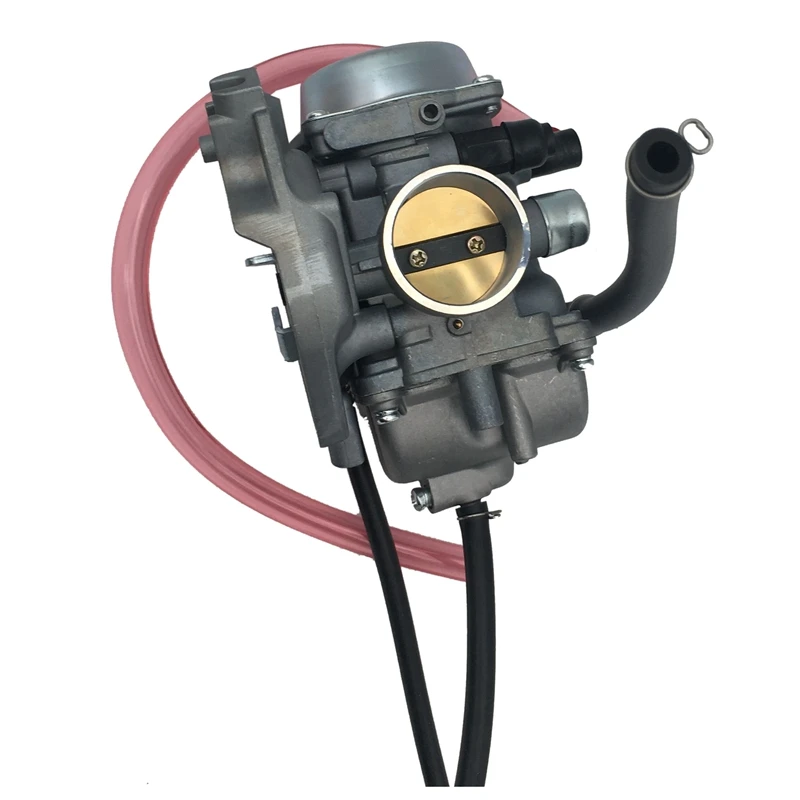If your recreational or street scooter, ATV, go-kart, buggy, pocket bike, or pit bike is not performing as well as it has in the past, or has been stored with gas in the fuel tank for an extended period of time, the source of your problem may very well be your scooter carburetor. That's okay; Monster Scooter Parts will have you up and running in no time.
What Scooter Carburetor Do I Have?
The first two things we need to know are the brand and model of your scooter, ATV, go-kart, buggy, pocket bike, or pit bike. Next we need to know your engine size in cubic centimeters (cc) and your engine type; is it a 2-stroke or a 4-stroke design? Finally, we need to know the style of carburetor you have on your engine. The three typical scooter carburetor styles used on these engines are; butterfly with or without a primer bulb, cable slide, and constant velocity (CV).
| Engine Size | Carburetor Type | Choke Type | Intake Size Range | Recommended Intake Size | Recommended Carb(s) |
|---|---|---|---|---|---|
| 33cc | Butterfly | Manual | 11 mm | 11 mm | P33-4080 |
| 36cc | Butterfly | Manual | 11 mm | 11 mm | P33-4080 |
| 41.5cc | Butterfly | Manual | 11 mm – 13 mm | 13 mm | 13 mm |
| 43cc | Butterfly | Manual | 11 mm – 15 mm | 13 mm | 13 mm |
| 47cc | Butterfly | Manual | 13 mm – 15 mm | 13 mm | 13 mm |
| 49cc | Butterfly | Manual | 13 mm – 15 mm | 15 mm | P33-4082 |
| 50cc | Butterfly | Manual | 13 mm – 15 mm | 15 mm | P33-4082 |
| 50cc | Cable Slide | Auto | 13 mm – 19 mm | 19 mm | P33-4193 |
| 52cc | Butterfly | Manual | 13 mm – 15 mm | 15 mm | P33-4082 |
| Engine Size | Carburetor Type | Choke Type | Intake Size Range | Recommended Intake Size | Recommended Carb(s) |
|---|---|---|---|---|---|
| 47cc | Cable Slide | Manual | 13 mm | 13 mm | P33-4081 |
| 49cc | Cable Slide | Manual | 13 mm | 13 mm | P33-4081 |
| 50cc | Constant Velocity | Auto | 14 mm – 21 mm | 19 mm | P33-4091 |
| 50cc | Cable Slide | Manual | 12 mm – 19 mm | 19 mm | P33-4088 |
| 70cc | Cable Slide | Manual | 12 mm – 19 mm | 17 mm | P33-4184 |
| 90cc | Cable Slide | Manual | 17 mm – 24 mm | 19 mm | P33-4089 |
| 97cc | Butterfly | Manual | 17 mm – 24 mm | 19 mm | P33-4086 |
| 110cc | Cable Slide | Manual | 19 mm – 24 mm | 22 mm | P33-4088 |
| 125cc | Constant Velocity | Auto | 19 mm – 24 mm | 22 mm | P33-4077 |
| 150cc | Constant Velocity | Auto | 22 mm – 26 mm | 24 mm | P33-4077 |
| 150cc | Cable Slide | Manual | 22 mm – 26 mm | 24 mm | P33-4090 |
| 200cc | Cable Slide | Manual | 24 mm – 30 mm | 27 mm | P33-4118 |
| 250cc | Constant Velocity | Auto | 26 mm – 32 mm | 30 mm | P33-4112 |
Will This Carburetor Fit My Scooter?
This is really two questions in one.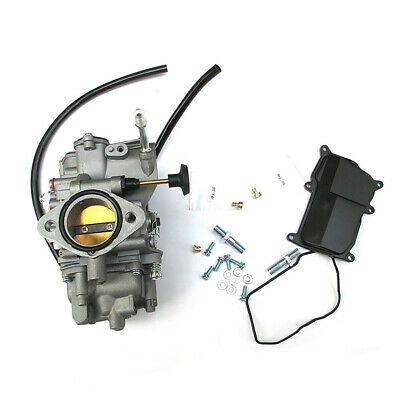 First we need to know the overall height, width, and depth of your current carburetor so we can determine if a Monster Scooter Parts replacement
carburetor will physically fit on your engine. The second question is how does your current carburetor mount to your engine? Some scooter carburetors are bolted directly to the engine case;
others are attached to the air box and engine intake manifold using flexible hose and clamps.
First we need to know the overall height, width, and depth of your current carburetor so we can determine if a Monster Scooter Parts replacement
carburetor will physically fit on your engine. The second question is how does your current carburetor mount to your engine? Some scooter carburetors are bolted directly to the engine case;
others are attached to the air box and engine intake manifold using flexible hose and clamps.
If your carburetor bolts to your engine case then we will need to know the number of mounting holes, the diameter of the holes, and the distance between those holes. The proper way to measure the distance between the holes is to measure from the center of one hole to the center of the next hole. We will also need to know the inner diameter of both the fuel intake port on your engine and the inner diameter of the hole on the back of the carburetor where it mates to the engine.
If your carburetor is held in place using hoses and clamps then we will need to know the inner diameter of the hose coming from your
air cleaner, the outer diameter of your carburetor air intake,
and the outer diameter of the engine side of your carburetor. Knowing the inner diameter of your fuel intake port is also very helpful to find the proper replacement carburetor from Monster Scooter Parts.
Knowing the inner diameter of your fuel intake port is also very helpful to find the proper replacement carburetor from Monster Scooter Parts.
Manual or Electric Choke?
Every carburetor has a way to enrich the fuel-to-air ratio for cold starting. If you have to push or pull a knob, move a lever or push a button or bulb you have a manual choke. Conversely, if all you need to do is pull your starter cord or turn your ignition key you have an electric choke or an auto bystarter.
For manual choke carburetors we need to know if you engage it directly on the carburetor body or engage the choke remotely via a cable or other mechanical connection. We also need to know if the choke mechanism is on the right side or left side of the carburetor. To determine on which side the choke mechanism is located view your carburetor from the air intake side.
For electric choke carburetors we need to know the type and number of connectors and the length of the wires from the
auto bystarter to where it plugs into the wiring harness.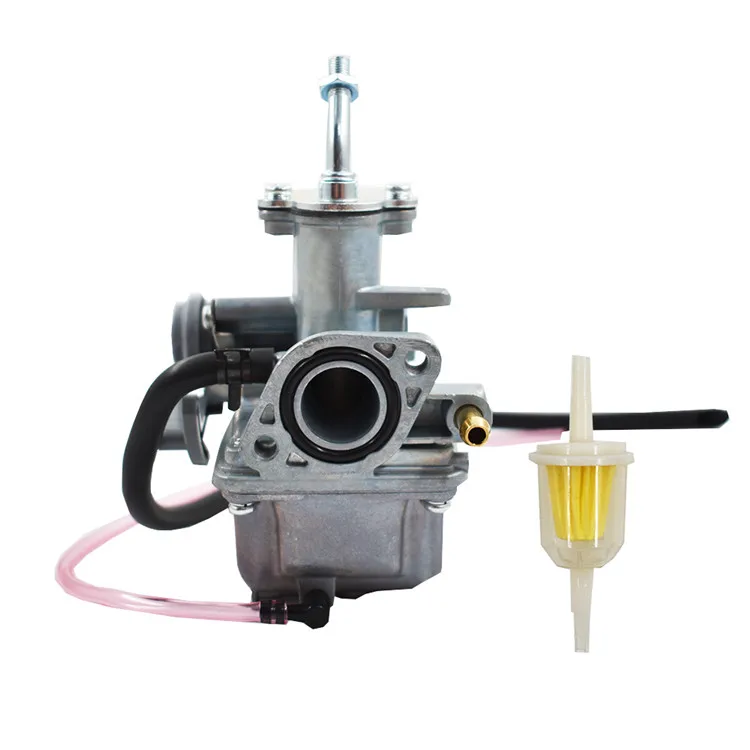
Scooter Carburetors by the Numbers
Unless you are making modifications to try to improve your scooter's performance it is best to replace your carburetor with one that is similar in bore size to the carburetor that is currently on your motor scooter, ATV, go-kart, buggy, pocket bike, or pit bike. To determine your carburetor bore size measure the inner diameter of the opening on the engine side of your carburetor. This dimension, in millimeters, is the standard used when comparing carburetors of different sizes. Using a carburetor with a slightly smaller bore may improve your acceleration from a dead stop but you will lose some top end speed. Switching to a carburetor with a slightly larger bore will give you some higher RPMs and speed but the time it will take you to get to top speed will be a little longer.
Bigger is not always better. Installing an overly-large carburetor will not give you great results. In fact, it may actually give you a sudden and catastrophic engine failure, provided you can get your scooter's engine
to run at all.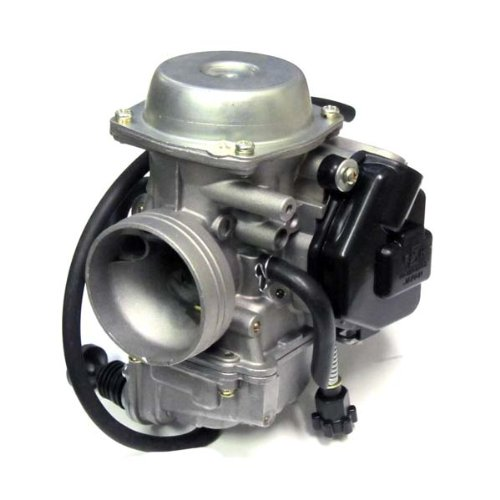 A larger carburetor will allow more air to flow into your engine which can alter the air to fuel ratio causing a “too lean” condition. Running an engine lean means a lesser number of fuel
particles and a greater number of air particles in the combustible mix. Engines that are run too lean for too long usually end up burning a hole in the piston or worse.
A larger carburetor will allow more air to flow into your engine which can alter the air to fuel ratio causing a “too lean” condition. Running an engine lean means a lesser number of fuel
particles and a greater number of air particles in the combustible mix. Engines that are run too lean for too long usually end up burning a hole in the piston or worse.
A replacement carburetor that is too small will cause you to suffer the opposite condition known as running “rich”. An engine that runs rich will sputter and stumble, put out greater emissions, and empty your fuel tank faster than you would like. And you will spend a fortune on spark plugs trying to keep a rich-running engine on the go.
Butterfly Carburetors
Butterfly carburetors are common on small 2-stroke engines (33cc to 52cc) and are used on recreational scooters, go-peds, and mini go-karts.
"Butterfly" refers to a thin piece of metal in the bore on the engine side of the carburetor and it is the throttle plate.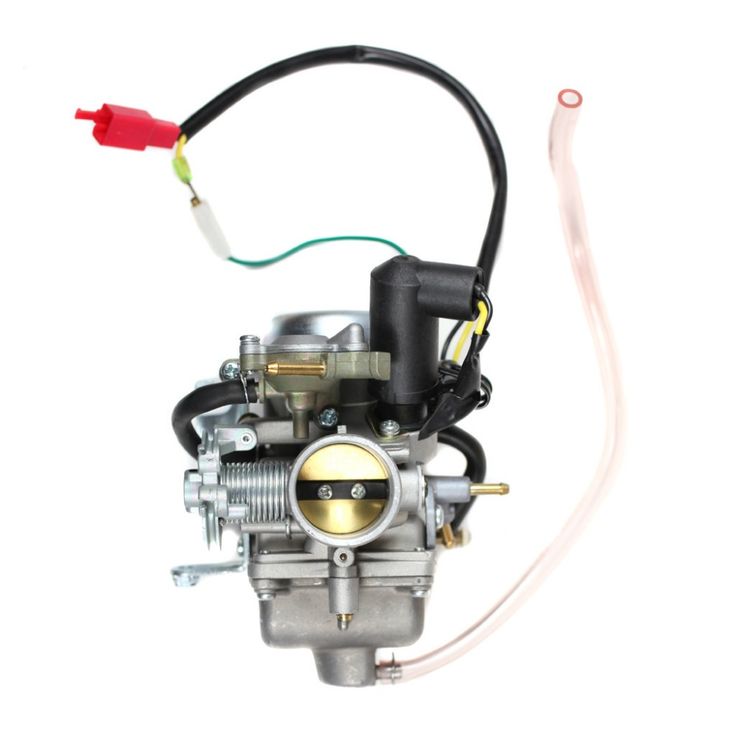 The
butterfly rotates open as you open the throttle to allow more fuel/air mixture into the cylinder and rotates closed as you let off
the gas. Many carburetors that use a butterfly on the engine side often use an additional butterfly on the air intake side that serves as a choke for cold starts. This is often called a choke valve or choke plate.
The
butterfly rotates open as you open the throttle to allow more fuel/air mixture into the cylinder and rotates closed as you let off
the gas. Many carburetors that use a butterfly on the engine side often use an additional butterfly on the air intake side that serves as a choke for cold starts. This is often called a choke valve or choke plate.
Back To The Top
Cable Slide Carburetors
A cable slide carburetor does not have any butterflies. Instead the throttle valve is a piston gate valve also known as a slide.
The slide is connected directly to the throttle cable and it moves up in the bore when you accelerate and down as you decelerate.
There is a tapered needle on the underside of the slide that sits in a fuel supply opening. As the cable lifts the slide, the slide
pulls the needle higher out of the fuel hole. This action has two results; more fuel is supplied, and the bore size is increased as
the slide is retracted, flowing both more fuel and air to the engine.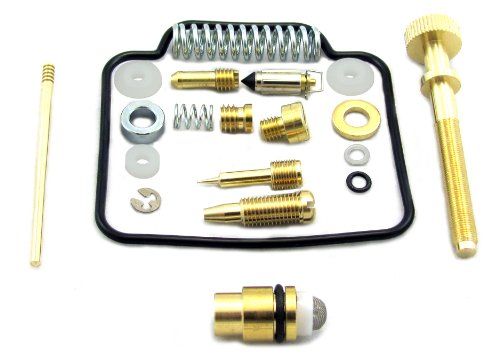
Back To The Top
Constant Velocity Carburetors
The constant velocity carburetor, often referred to as a CV carb, operates through the use of a slide, tapered needle, diaphragm, and a butterfly. The throttle cable is not connected to the slide, it operates the butterfly which is located on the engine side of the carburetor. As the butterfly is opened more air is able to flow in. This changes the air pressure in the bore, pushing up the diaphragm and drawing the slide and tapered needle with it. Similar to the cable slide carburetor, when the needle is raised more fuel is supplied and as the butterfly opens more air is added to the mix.
Back To The Top
Jetting is critical in carbureted dirt bikes and ATVs and it's important to understand how carburetor tuning works to make sure your machine is running optimally. Check out our guide to carburetor jetting adjustments here.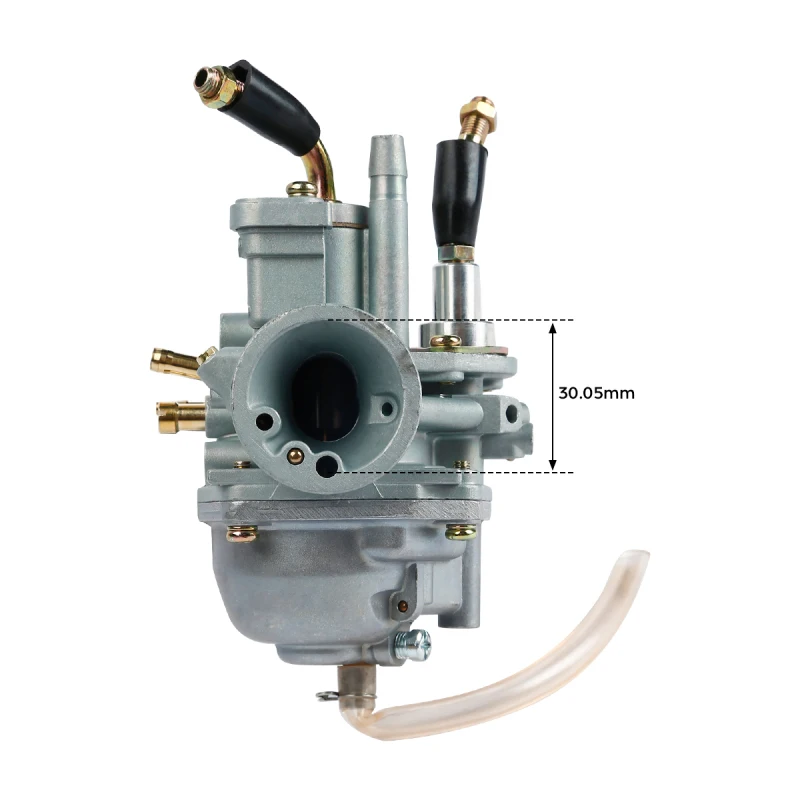
Over the years, two and four-stroke carburetors designed for powersports machines have evolved into technological marvels with numerous features that allow engines to deliver state of the art performance. However, most carburetor designs still require proper tuning to deliver that performance. The difference between a properly jetted carburetor and one that is out of tune can result in consistent race wins or consistently bad performance, or worse yet, engine failures. So, we wanted to cover the basics of jetting, including an overview of why jetting is important, where to find the necessary info to make good jetting decisions, tools required to re-jet, where to buy jets, and tips and tricks to make carburetor adjustments easy.
To understand the criticality of jetting, we only have to go so far as to understand the function of the carburetor. The carburetor’s job is to precisely and repeatedly deliver the appropriate amount of fuel to the engine throughout its entire speed and load range.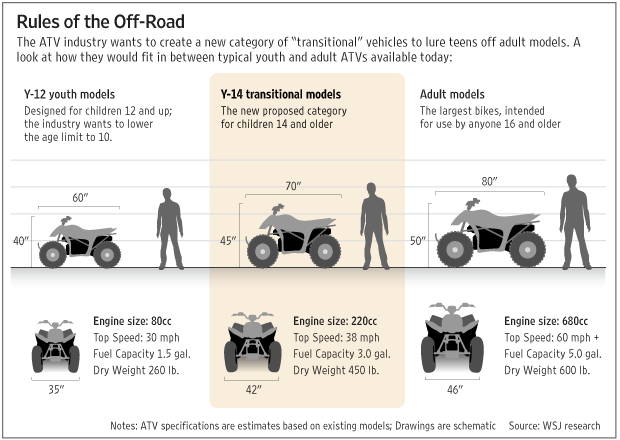 To do this, carburetors utilize several different circuits that control different parts of the speed/load range of the engine. These circuits are metered by small brass inserts called jets and by a needle situated in the slide of the carburetor. Jets come in different orifice sizes so that the amount of fuel being delivered to each circuit can either be increased or decreased. Needles are offered with various profiles but are predominately adjusted by altering their height within the carburetor. This is done by changing the needle’s clip position.
To do this, carburetors utilize several different circuits that control different parts of the speed/load range of the engine. These circuits are metered by small brass inserts called jets and by a needle situated in the slide of the carburetor. Jets come in different orifice sizes so that the amount of fuel being delivered to each circuit can either be increased or decreased. Needles are offered with various profiles but are predominately adjusted by altering their height within the carburetor. This is done by changing the needle’s clip position.
The amount of fuel that must be delivered to the engine is dependent on the atmospheric conditions in which it operates. Specifically, engine performance is dependent on ensuring the air to fuel ratio is optimal. While carburetors are very good at metering precise amounts of fuel, most of them cannot account for changes in air conditions. There are two variables that affect the ambient air conditions: temperature and pressure. Temperature and pressure ultimately affect the density of the incoming air, which has a significant effect on the engine’s air to fuel ratio.
While carburetors are very good at metering precise amounts of fuel, most of them cannot account for changes in air conditions. There are two variables that affect the ambient air conditions: temperature and pressure. Temperature and pressure ultimately affect the density of the incoming air, which has a significant effect on the engine’s air to fuel ratio.
A couple of practical examples that highlight how air density changes include when temperatures or elevation changes from the baseline conditions the carburetor and engine were tuned for. As temperatures increase, air density decreases and when temperatures decrease, air density increases. Similarly, as the operating altitude of the engine increases, air density decreases due to decreasing air pressure. The opposite is true when altitude decreases.
Jetting changes are usually influenced by air density. Elevation, temperature, and humidity are the main factors that should be taken into account when tuning jetting for specific riding locations.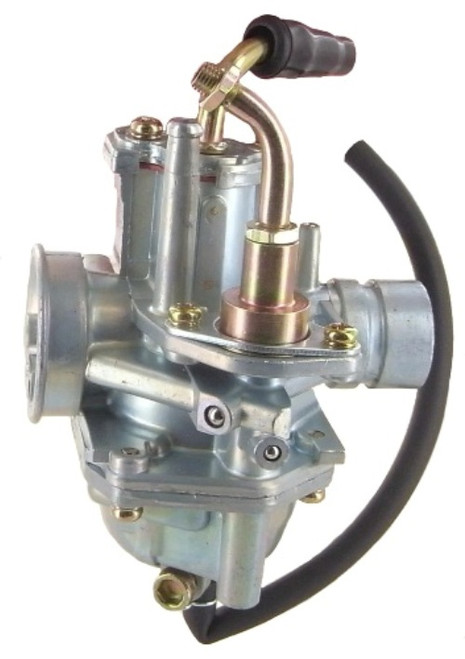
Since the world is a diverse landscape and atmospheric conditions are always changing, it is not possible to set up a carburetor correctly for all conditions. Instead, manufacturers utilize jetting charts which provide the operator guidance on how to configure the carburetor for specific temperatures and elevations. Jetting charts can be found in the operator’s manual that comes with the machine or in the service manual which is usually sold separately. A standard jetting chart for two and four-stroke carburetors provides guidance on the attributes of the pilot screw, slow jet, needle clip position, needle type, and main jet.
Many OEM owner's or service manuals will include jetting charts suggesting what changes to make based on altitude and temperature. This is an example ONLY, do not use this chart to tune your carburetor.Jetting requirements can also change when engine modifications are carried out. When engine modifications, such as the addition of a performance exhaust system, are incorporated the air flow through the engine changes necessitating carburetor adjustments.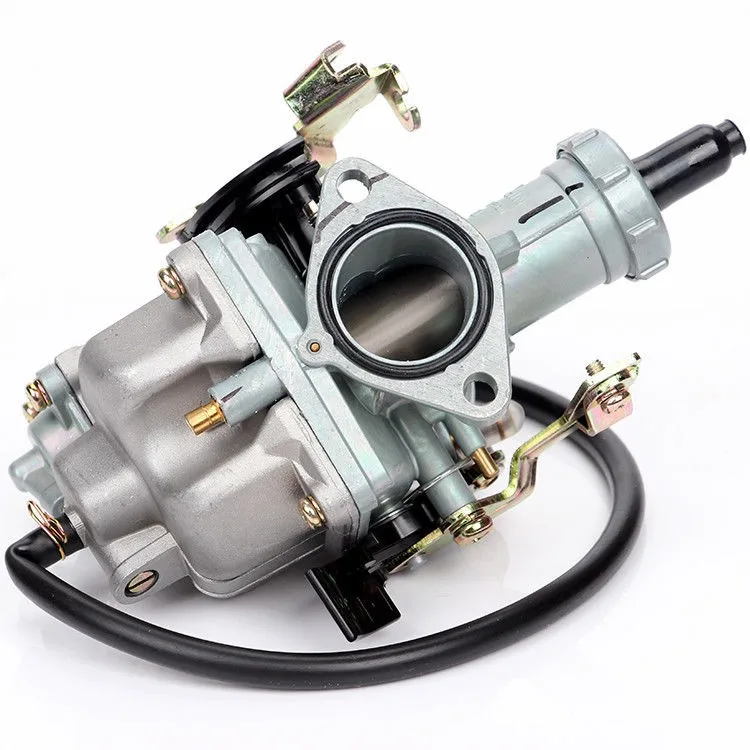 Depending on the modifications being made to the engine, fueling adjustments may need to be richened in certain throttle ranges and/or leaned out in others. When adjusting carburetor settings to account for engine modifications, it is always best to start with the setting recommended by the supplier of the aftermarket components, and then test to confirm optimal performance.
Depending on the modifications being made to the engine, fueling adjustments may need to be richened in certain throttle ranges and/or leaned out in others. When adjusting carburetor settings to account for engine modifications, it is always best to start with the setting recommended by the supplier of the aftermarket components, and then test to confirm optimal performance.
Technically, none of the metering circuits found within a carburetor are completely independent of one another, which means that any changes made to one circuit will have a small impact on another circuit. However, from an adjustment standpoint, the circuits and what parts of the speed/load range they primarily effect are shown below:
The tools required to re-jet a carburetor are basic in nature and predominantly consist of the usual tools needed to service your machine such as sockets, wrenches, allen wrenches, and screwdrivers.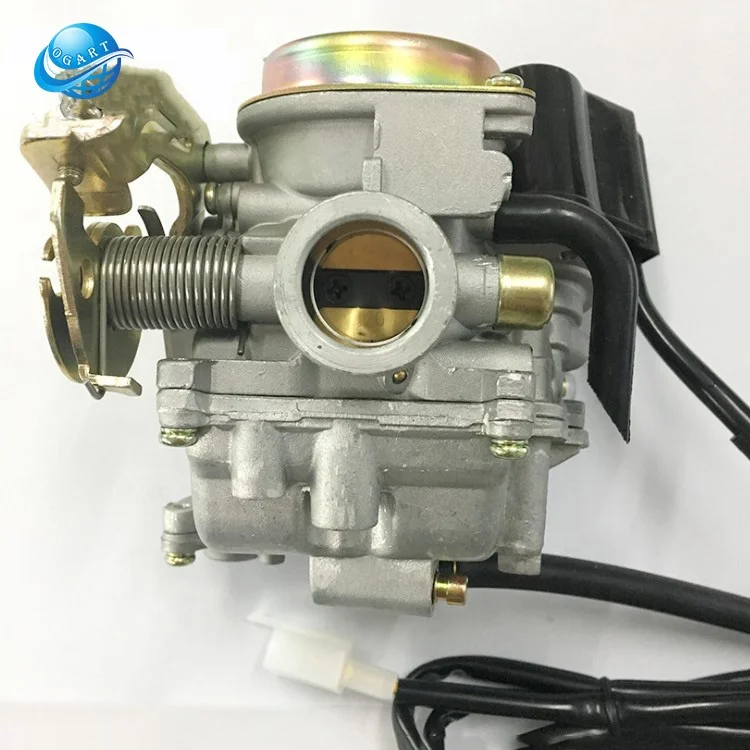 A set of small medium-length flat head screwdrivers is necessary to remove the small jets found within the carburetor. On machines with limited space between the carburetor and engine cases, a low-profile float bowl wrench may be necessary to remove the float bowl plug.
A set of small medium-length flat head screwdrivers is necessary to remove the small jets found within the carburetor. On machines with limited space between the carburetor and engine cases, a low-profile float bowl wrench may be necessary to remove the float bowl plug.
ProX offers jets for Keihin and Mikuni carburetors in a wide range of sizes so that no matter where you ride or what modifications you make you can precisely adjust your carburetor to ensure your engine runs optimally. ProX provides jets for all types of two and four-stroke carburetors which include FCR, PWM, CR roundslide, PJ, PWK, and PWM to name but a few. ProX jets are manufactured in Japan to exact OEM specifications and are available at cost effective prices.
Click here to find available jets and jet kits for your machine.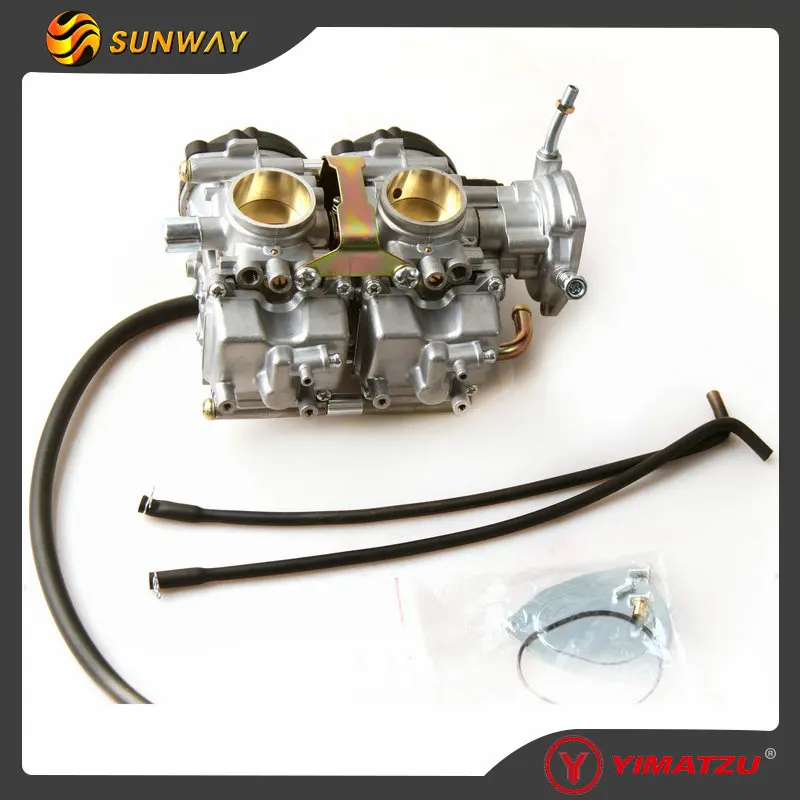
Before making jetting changes, it is best to ride and warm up the machine. Whether you’re putting in laps or tearing up trail, be overly cognizant of how the engine is running at various throttle positions. Take note of idle quality, transitions, mid-range, and wide-open throttle. Note any areas of concern then compare your notes to the conditions for the day and determine how they compare.
The layout of your machine will greatly influence how much work is required to make jetting changes, however, most machines are designed so that the carburetor jets can be changed without completely removing the carburetor. For specific information on how to service your carburetor to make jetting adjustments, refer to your machine’s factory service manual. The following information is provided as an overview.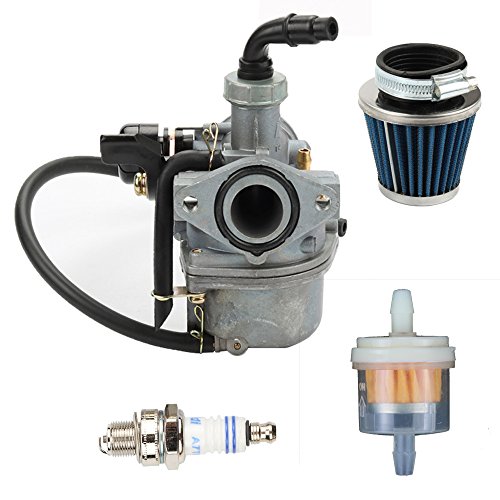 To gain access to the slow and main jets, the intake clamps are loosened and the carburetor can be rotated to expose the bottom of the float bowl.
To gain access to the slow and main jets, the intake clamps are loosened and the carburetor can be rotated to expose the bottom of the float bowl.
To service the needle, the carburetor may be able to be rotated so the slide cover is oriented outside of the frame, otherwise, the seat and fuel tank can be removed to gain access from above. When adjusting the position of the carburetor on models equipped with a throttle position sensor, make certain that the wires are not pinched or strained in any way. Prior to making any adjustments, ensure the fuel supply is turned off. If the carburetor is equipped with a float bowl, it should also be drained.
In some cases, it may be easier to remove the seat and tank to gain access to the slide cover when the carburetor is on the bike. Be sure to turn off the fuel supply before performing any of this work!
Slow (Pilot) Jet
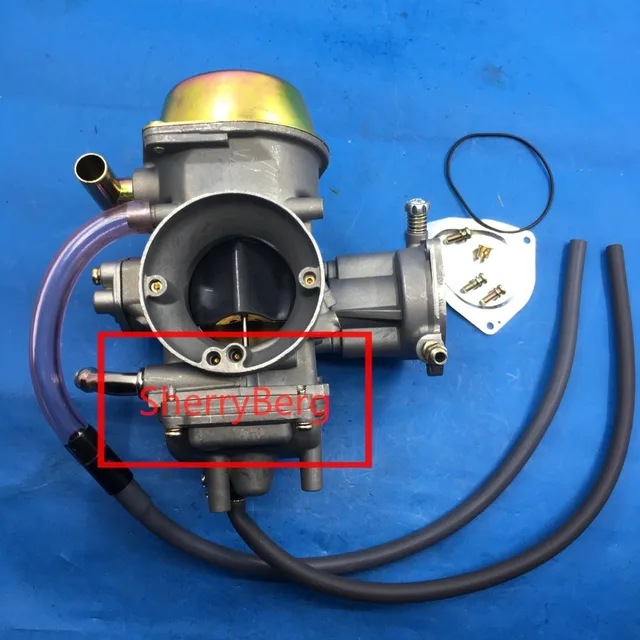
Needle
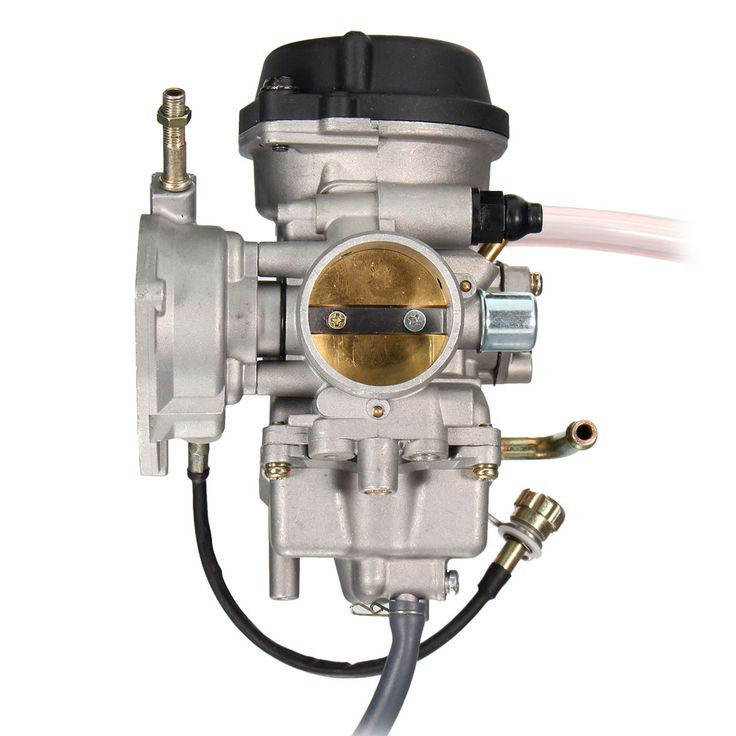 Position refers to which slot the clip is inserted on, it's counted from the top down. The needle sits down in the middle of the slide and rests on the clip.
Position refers to which slot the clip is inserted on, it's counted from the top down. The needle sits down in the middle of the slide and rests on the clip.Main Jet
Once jetting changes have been completed, carefully reinstall all components and hardware. Repeat the warm-up and test riding process, then carefully note differences in engine performance from the previous session. If the jetting charts or instructions provided were adhered to, engine performance should notably improve.
Some people think that carbohydrates, fats and proteins are always completely absorbed by the body.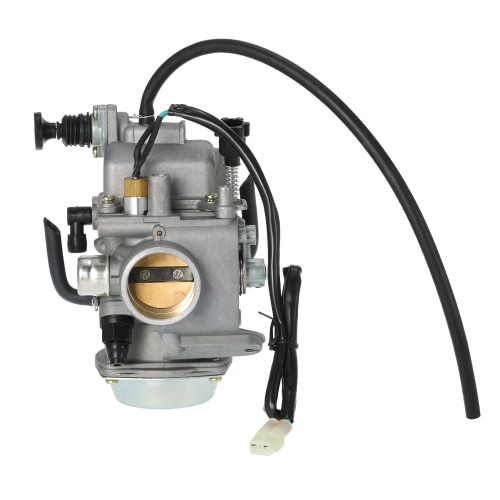 Many people think that absolutely all the calories present on their plate (and, of course, calculated) will enter the bloodstream and leave their mark on the body. In fact, everything is different. Let's look at the absorption of each of the macronutrients separately.
Many people think that absolutely all the calories present on their plate (and, of course, calculated) will enter the bloodstream and leave their mark on the body. In fact, everything is different. Let's look at the absorption of each of the macronutrients separately.
Digestion (assimilation) is a combination of mechanical and biochemical processes, due to which the food absorbed by a person is converted into substances necessary for the functioning of the body.
The process of digestion usually begins already in the mouth, after which the chewed food enters the stomach, where it undergoes various biochemical processes (mainly protein is processed at this stage).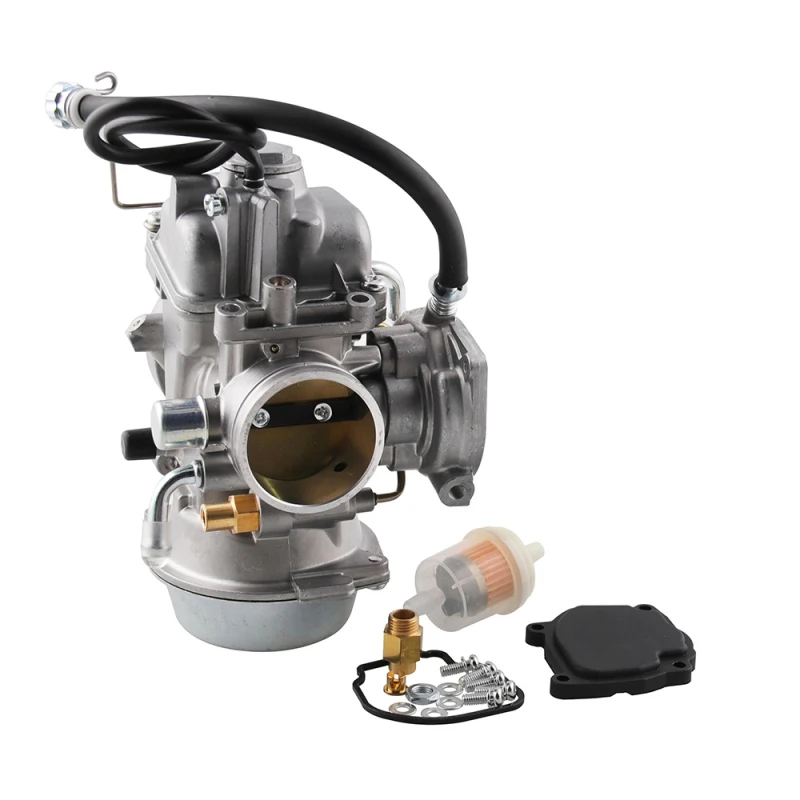 The process continues in the small intestine, where, under the influence of various food enzymes, carbohydrates are converted into glucose, lipids are broken down into fatty acids and monoglycerides, and proteins into amino acids. All these substances, being absorbed through the walls of the intestine, enter the bloodstream and are carried throughout the body.
The process continues in the small intestine, where, under the influence of various food enzymes, carbohydrates are converted into glucose, lipids are broken down into fatty acids and monoglycerides, and proteins into amino acids. All these substances, being absorbed through the walls of the intestine, enter the bloodstream and are carried throughout the body.
Absorption of macronutrients
Absorption of macronutrients does not last for hours and does not stretch over the full 6.5 meters of the small intestine. The assimilation of carbohydrates and lipids by 80%, and proteins by 50% is carried out during the first 70 centimeters of the small intestine.
Different types of carbohydrates digest differently because they have different chemical structures . To visualize this difference and the principles of digestion, the basic steps for simple and complex carbohydrates are presented in the infographic below.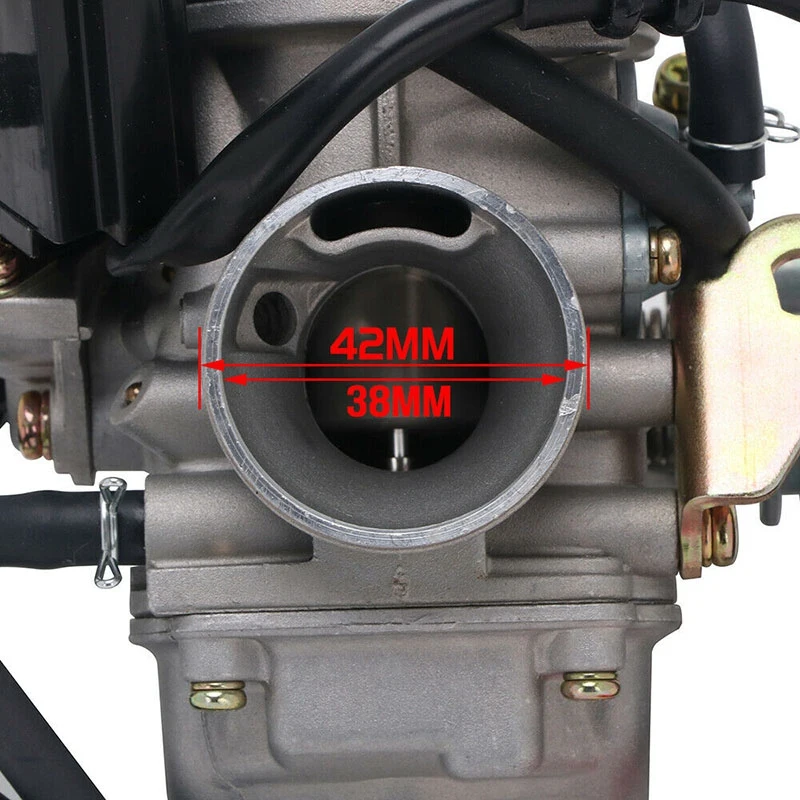
Download infographic in PDF format
| How and why does the absorption rate of various carbohydrates differ? |
| Glycemic Index (GI) is a system for classifying the glycemic potential of carbohydrates in various foods on a scale of 1 to 100 according to how much they raise blood sugar levels after eating them. |
The high glycemic index of a food means that as a result of its digestion, the rise in blood glucose levels will be significant. The low glycemic index of a food indicates that its absorption by the body will not significantly change blood glucose levels.
| A low GI diet is extremely effective for people with diabetes. |
To determine the glycemic index of a food, a serving containing 50 g or 25 g of digestible carbohydrate is taken (i. e., all non-digestible carbohydrates in the product are subtracted). These products are usually offered to a group of 8-10 people who have not eaten since yesterday (i.e. observed a night fast). Measurements of blood sugar levels (using a fingerstick method) are taken at intervals of 15-30 minutes for two hours.
e., all non-digestible carbohydrates in the product are subtracted). These products are usually offered to a group of 8-10 people who have not eaten since yesterday (i.e. observed a night fast). Measurements of blood sugar levels (using a fingerstick method) are taken at intervals of 15-30 minutes for two hours.
The results of measurements allow you to reproduce the graph (see picture), in which the entire area under the resulting curve reflects the overall increase in blood sugar levels. This value is divided by the number obtained from the standard (glucose or white bread) and multiplied by 100 to obtain a percentage value.
On the graph you can see how foods with different GI values change blood glucose levels (glycemia) after consumption. A breakfast with a high glycemic index has a high peak in the rise in glucose levels, a breakfast with a low GI has a flatter curve.
It is important to note that the peak of glycemia occurs at about the same time for all types of carbohydrates, regardless of whether their molecular composition is complex or simple.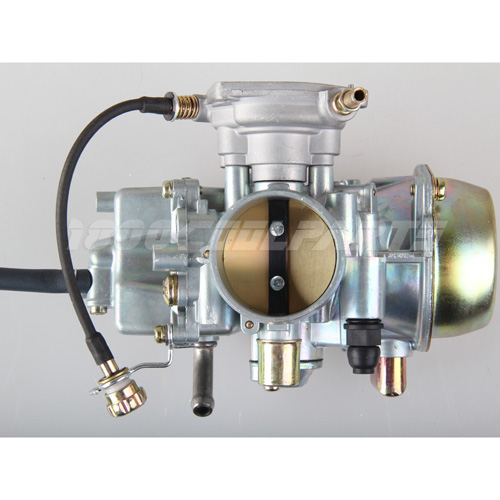
Thus, the popular concepts of fast and slow carbohydrates are not correct. Numerous studies have shown that the original theory was that the rate at which glucose enters the bloodstream was mistaken for the rate of digestion, which is indeed different for different carbohydrates.
Over the past three decades, researchers have measured the glycemic index of several thousand foods.
It is important to understand that glycemic index is not a constant value of . Its value depends on a number of parameters: the origin, variety and variety of the product (for cereals, fruits), the degree of ripening (for fruits), thermal and hydrothermal treatment, the type of product processing (crushing, grinding to flour), as well as the individual characteristics of the body of each person. and other factors.
The glycemic index of certain foods may also depend on what these foods are consumed with . Olive oil or something acidic like vinegar or lemon juice can slow down the conversion of starch to sugar and thus lower the glycemic index.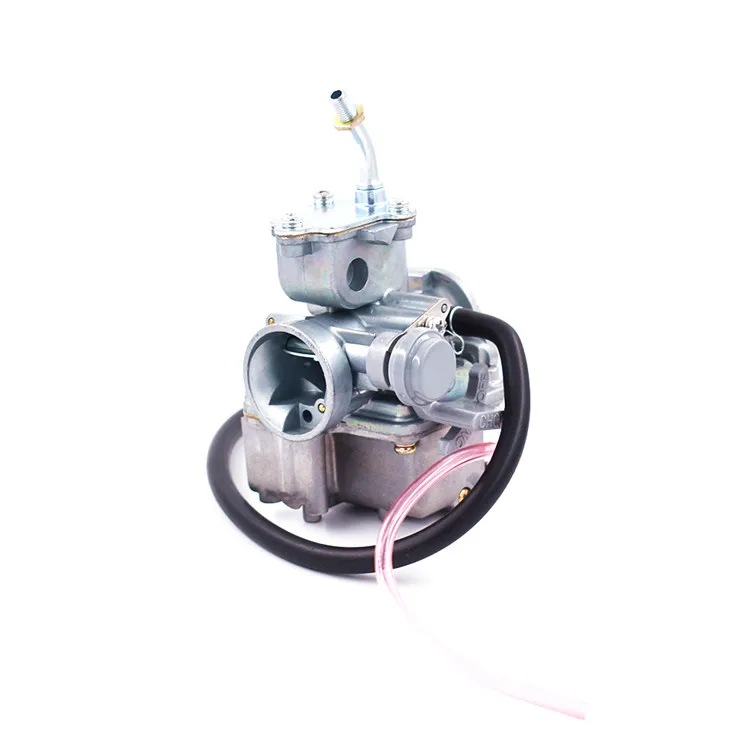
| It doesn't make sense to look only at one parameter - it is necessary to consider the picture in a complex way. |
“Some foods (eg carrots, watermelon) have a high GI, but a standard serving is so low in carbs that the effect on blood sugar levels is negligible. Others (such as sugary soda) have a moderate GI because they contain a fair amount of fructose, which has a relatively minor effect on blood sugar levels. But they can also be high in glucose, which raises blood sugar levels,” warns Dr. Frank Hu, professor of nutrition and epidemiology at the Harvard School of Public Health.
In addition to GI for the regulation of blood glucose levels, nutritionists have also been asked to take into account the glycemic load of foods (GL) .
Glycemic load (GL) takes into account both the GI of a food and the amount of carbohydrates in it. It is not uncommon for high GI foods to have a low GL. Calculation formula GL:
It is not uncommon for high GI foods to have a low GL. Calculation formula GL:
Example:
HL level scale:
In recent years, there has been an opinion in the scientific community about the need to revise the GI assessment.
Studies show that GI and GL are not sufficiently reliable criteria for the selection of carbohydrate-containing products, since they do not allow for high accuracy optimize glucose levels when formulating a diet.
There is ample scientific evidence that low GI diets can have a positive effect on weight loss. There are many biochemical mechanisms that are involved in this, but let's name the most relevant for us:
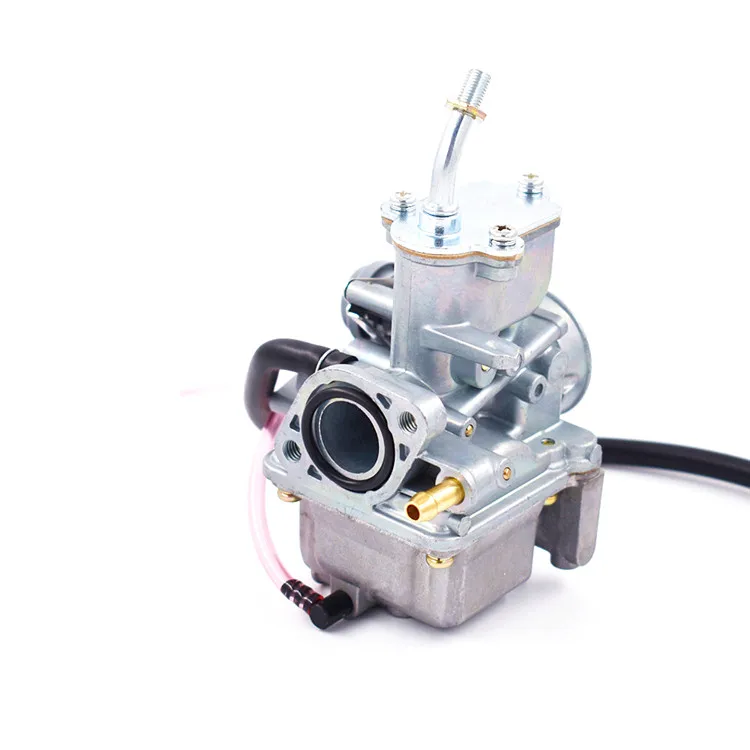
| Why is whole wheat better than wheat flour? |
The differences between wheat flour (GI 85) and wheat grain (GI 15) fall under both of these criteria. This means that blood glucose levels rise more sharply after eating flour than after eating whole grains such as bulgur or spelt.
This means that blood glucose levels rise more sharply after eating flour than after eating whole grains such as bulgur or spelt.
| Why do we recommend beets and other high GI vegetables? |
Beets are a carbohydrate source with a higher fiber content than flour. Although it has a high glycemic index, it has a low carbohydrate content, i.e. a lower glycemic load. In this case, despite the fact that it has the same GI as that of a grain product, the amount of glucose that enters the blood will be much less. When we compare whole crops to processed ones, it's important to keep in mind all the micro and phytonutrients that are present in natural foods and not found in industrially produced ones.
| Why is it better to eat fresh vegetables than boiled ones? |
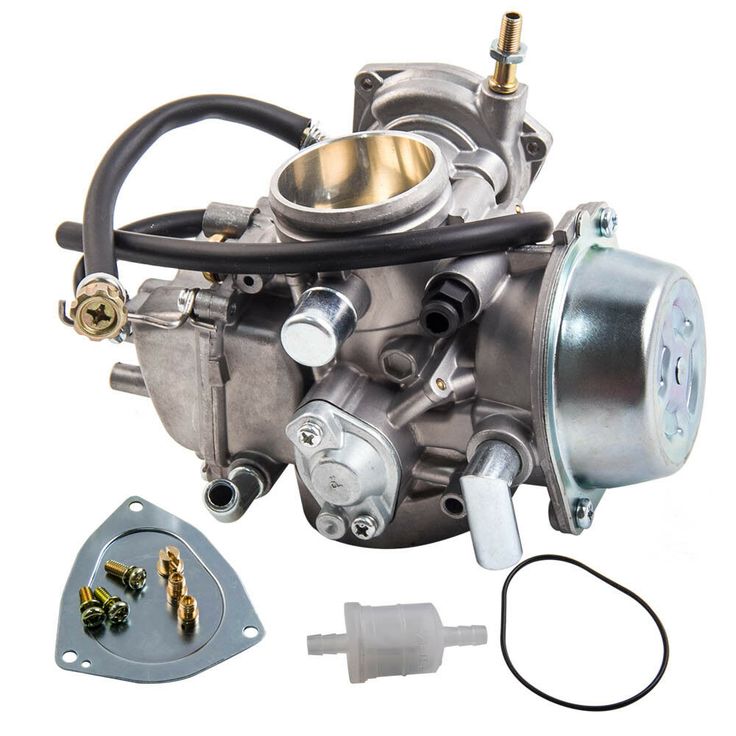
This rule applies not only to carrots, but to all vegetables with a high starch content, such as sweet potatoes, potatoes, beets, etc. During cooking, a significant part of the starch is converted into maltose (disaccharide), which is very quickly absorbed.
| Therefore, the GI of cooked foods is significantly higher than that of raw foods. |
Therefore, it is better not to boil even boiled vegetables, but to make sure that they remain whole and firm. However, if you have diseases such as gastritis or stomach ulcers, it is still better to eat cooked vegetables.
| P Why do we recommend adding vegetables to proteins? |
Vegetables contain dietary fiber and complex carbohydrates, which are not absorbed by the body, but are very important for efficient digestion. Also, adding protein to any type of carbohydrate will lower the overall GI of the meal.
Also, adding protein to any type of carbohydrate will lower the overall GI of the meal.
| Why is it better to eat an apple than drink apple juice? |
Natural products, unlike juices, contain fiber and thus lower the GI. Moreover, it is desirable to eat fruits and vegetables with a peel, not only because the peel is a fiber, but also because most of the vitamins adjoin directly to the peel.
The process of protein digestion requires increased acidity in the stomach. Gastric juice with high acidity is necessary for the activation of enzymes responsible for the breakdown of proteins into peptides, as well as for the primary breakdown of food proteins in the stomach. From the stomach, peptides and amino acids enter the small intestine, where some of them are absorbed through the intestinal walls into the blood, and some are further broken down into individual amino acids.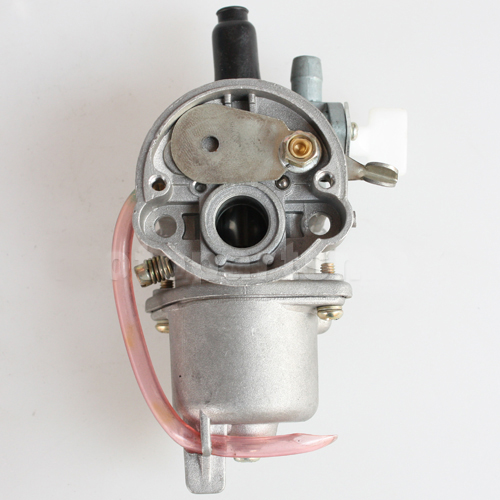
To optimize this process, it is necessary to neutralize the acidity of the gastric solution, and this is the responsibility of the pancreas, as well as the bile produced by the liver and necessary for the absorption of fatty acids.
Food proteins are divided into two categories: complete and incomplete.
Complete proteins are proteins that contain all the necessary (essential) amino acids for our body. The source of these proteins are mainly animal proteins, i.e. meat, dairy products, fish and eggs. An exception is soy protein, which is similar in amino acid composition to meat protein. Among cereals, quinoa is the leader in the content of essential amino acids.
Incomplete proteins contain only part of the essential amino acids. Legumes and grains are thought to contain incomplete proteins on their own, but combining them allows us to get all the essential amino acids.
Therefore, in order for the body to receive all the necessary elements, that is, the entire spectrum of essential amino acids, it is necessary to eat a varied diet.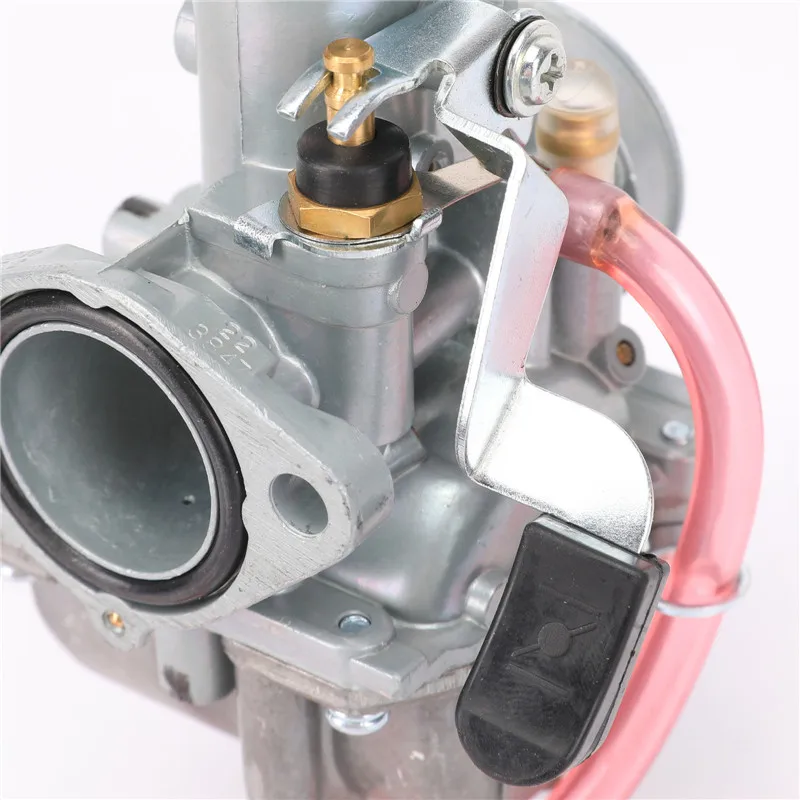 |
In many national cuisines, the right combinations leading to complete protein intake have arisen naturally. So, in the Middle East, pita with hummus or falafel (wheat with chickpeas) or rice with lentils is common, in Mexico and South America rice is often combined with beans or corn.
One of the parameters that determine the quality of a protein is the presence of essential amino acids . In accordance with this parameter, there is a system for indexing products.
For example, the amino acid lysine is found in small quantities in cereals, and therefore they receive a low score (flakes - 59; whole wheat - 42), while legumes contain small amounts of essential methionine and cysteine (chickpeas - 78; beans - 74 ; legumes - 70). Animal proteins and soy are highly rated on this scale, as they contain the necessary proportions of all essential amino acids (casein (milk) - 100; egg white - 100; soy protein - 100; beef - 92).
| The nutritional density of is determined by the amount of energy (calorie content) of the product per gram of weight. A fried potato has a higher nutritional density than a tomato. |
| The nutritional value of product is an index that determines the amount of useful nutrients in relation to energy density. Condensed milk has a lower nutritional value than oatmeal, although they have the same calorie content. |
In addition, it is necessary to take into account the protein composition of , their digestibility from this product, as well as the nutritional value of the entire product (presence of vitamins, fats, minerals and calories). For example, a hamburger will contain a lot of protein, but also a lot of saturated fatty acids, respectively, its nutritional value will be lower than that of a chicken breast.
Proteins from different sources and even different proteins from the same source (casein and whey protein) are utilized by the body at different rates [5].
Dietary nutrients are not 100% absorbable. The degree of their absorption can vary significantly depending on the physico-chemical composition of the product itself and the products absorbed simultaneously with it, the characteristics of the organism and the composition of the intestinal microflora.
When fat enters the body, it passes through the stomach almost intact and enters the small intestine, where there are a large number of enzymes that convert fats into fatty acids. These enzymes are called lipases. They function in the presence of water, but this is problematic for the processing of fats, because fats do not dissolve in water.
In order to be able to utilize fats, the body produces bile. Bile breaks down clumps of fat and allows enzymes on the surface of the small intestine to break down triglycerides into glycerol and fatty acids.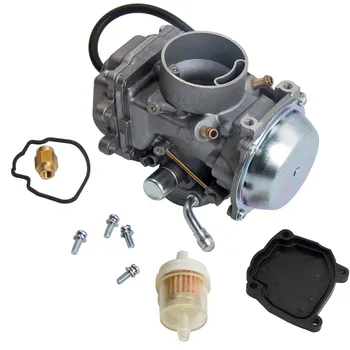
Transporters for fatty acids in the body are called lipoproteins . These are special proteins capable of packaging and transporting fatty acids and cholesterol through the circulatory system. Further, fatty acids are packed in fat cells in a rather compact form, since their assembly (unlike polysaccharides and proteins) does not require water [9].
The proportion of fatty acid absorption depends on its position relative to glycerol. Those fatty acids that occupy the P2 position are absorbed better. This is due to the fact that lipases have a different degree of effect on fatty acids, depending on the location of the latter.
Not all dietary fatty acids are completely absorbed by the body, as many nutritionists mistakenly believe. They may partially or completely not be absorbed in the small intestine and be excreted from the body.
For example, in butter, 80% of the fatty acids (saturated) are in position P2, which means they are almost completely absorbed.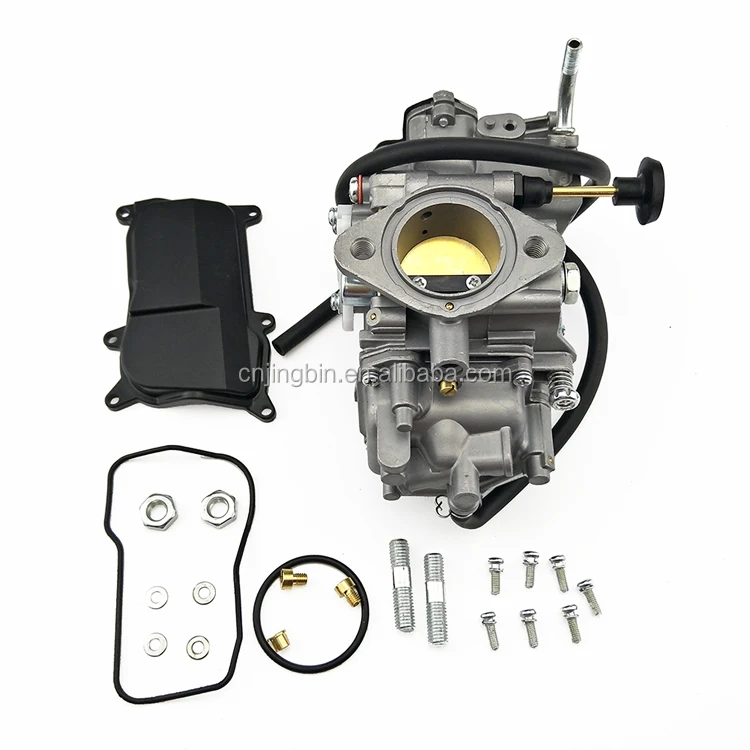 The same applies to the fats that make up milk and all non-fermented dairy products.
The same applies to the fats that make up milk and all non-fermented dairy products.
Fatty acids present in mature cheeses (particularly long-aged cheeses), although saturated, are still in positions P1 and P3, making them less absorbable.
In addition, most cheeses (especially hard ones) are rich in calcium. Calcium combines with fatty acids, forming "soaps" that are not absorbed and are excreted from the body. The aging of cheese promotes the transition of its fatty acids to positions P1 and P3, which indicates their weak absorption [10].
For more information about the types of fats and their features, we write in the article "Fats".
Authors: Elena Degtyar, PhD; Kardakova Maria, MSc
Literature
1. Mann (2007) FAO/WHO Scientific Update on carbohydrates in human nutrition: conclusions. European Journal of Clinical Nutrition 61 (Suppl 1), S132–S137
2. FAO/WHO. (1998). Carbohydrates in human nutrition.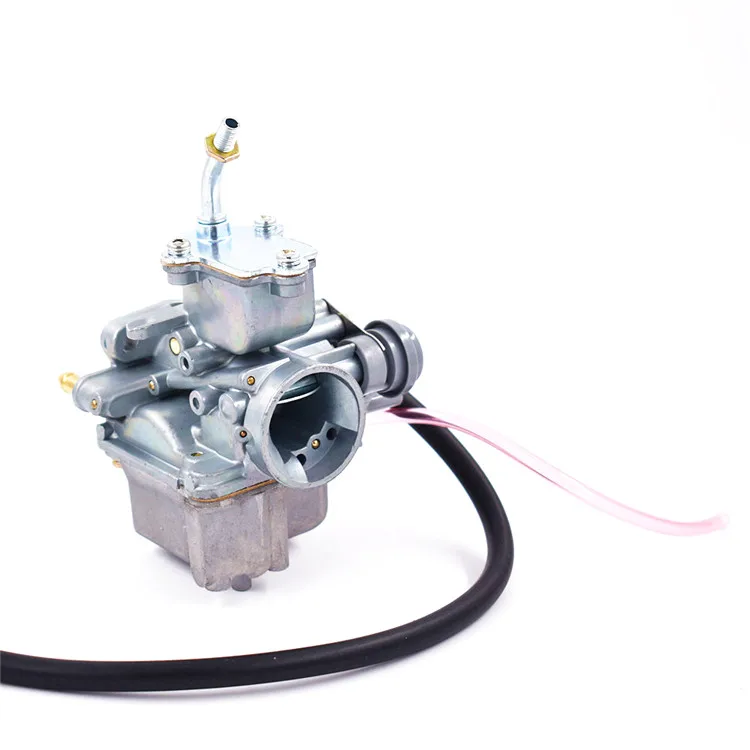 Report of a Joint FAO/WHO Expert Consultation (Rome, 14–18 April 1997). FAO Food and Nutrition Paper 66
Report of a Joint FAO/WHO Expert Consultation (Rome, 14–18 April 1997). FAO Food and Nutrition Paper 66
3. Holt, S. H., & Brand Miller, J. (1994). Particle size, satiety and the glycaemic response. European Journal of Clinical Nutrition, 48(7), 496–502.
4. Jenkins DJ (1987) Starchy foods and fiber: reduced rate of digestion and improved carbohydrate metabolismScand J Gastroenterol Suppl.129:132-41.
5. Boirie Y. (1997) Slow and fast dietary proteins differently modulate postprandial protein accretion. Proc Natl Acad Sci U S A. 94(26):14930-5.
6. Popkin, BM (2012) Global nutrition transition and the pandemic of obesity in developing countries. Nutrition reviews 70 (1): pp. 3-21.
7. Your Meta Body's bolism
8. About Glycemic Index
9. International table of glycemic index and glycemic load values: 2002
10. Jenkins, D. J., Wolever, T. M., Taylor, R. H., Barker, H., Fielden, H ., Baldwin, J. M., ... & Goff, D. V. (1981). Glycemic index of foods: a physiological basis for carbohydrate exchange.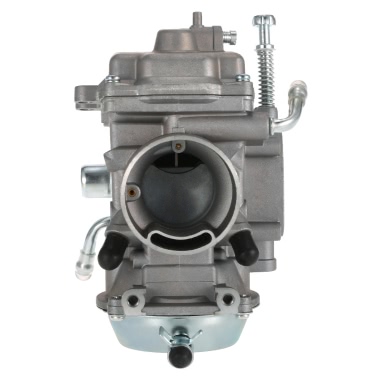 The American journal of clinical nutrition, 34(3), 362-366.
The American journal of clinical nutrition, 34(3), 362-366.
11. How to use the GI table when making a menu for diabetics.
In the article we will tell:
Ideas about a balanced diet are constantly changing. First they demonized fats, then carbohydrates. Therefore, the amount of carbohydrates in the diet of people, then increases, then decreases.
In fact, there is no single answer about the benefits of carbohydrates for everyone. The main thing is balance. Not only in all macronutrients, but in particular carbohydrates. One carbohydrate is not equal to another. Marmalade and buckwheat are all carbohydrates, but each of them has a completely different effect on the body.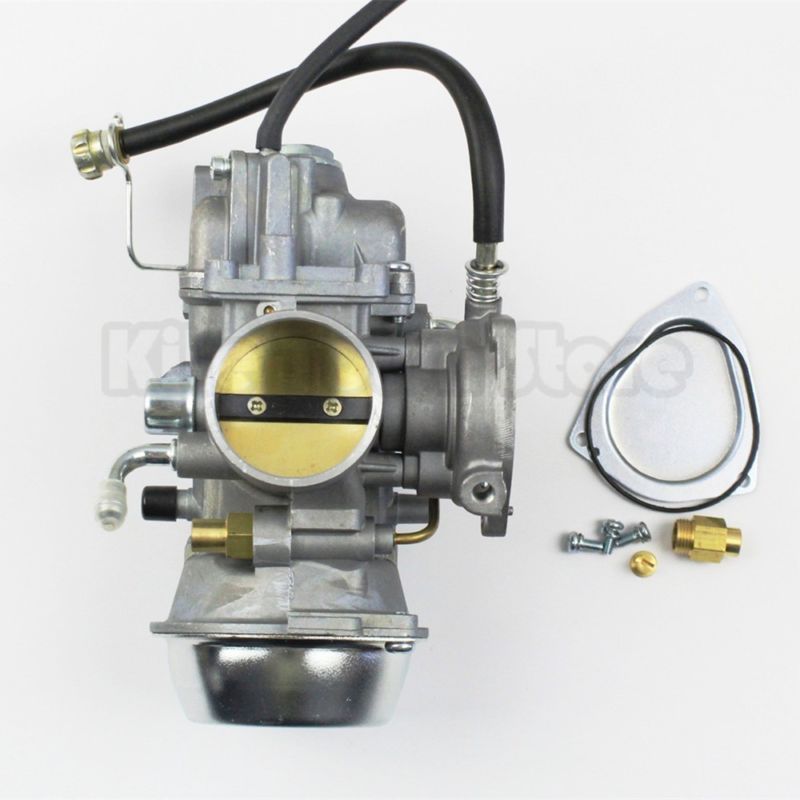
Therefore, when it comes to carbohydrates and their amount in your diet, you need to consider not only numbers, but also sources, the temperature of the cooking of products, food tolerance, blood sugar levels and the composition of carbohydrate foods, which is determined by the amount of fiber.
All these questions will help to understand today's article.
Even with weight management, carbohydrates are not the enemy.
They are an integral part of the diet and the main source of energy. 1 g of carbohydrates, like 1 g of proteins, contains 4 kcal, but the thermal effect is much lower - within 5-15% of the kcal spent by the body on their processing.
Thus, the main function of carbohydrates is to provide the body with energy. But she is not the only one: they are also necessary for the normal functioning of the heart, liver, muscles and central nervous system.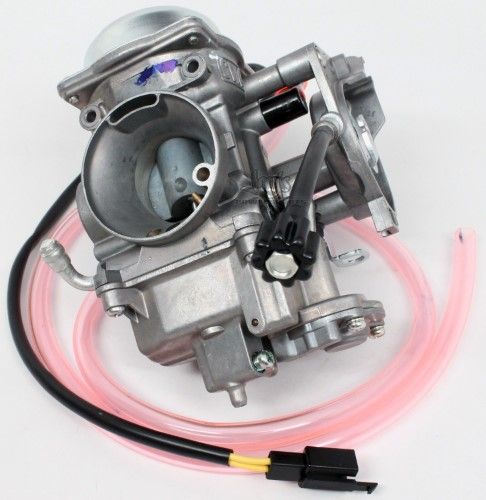 They are an important component in the regulation of protein and fat metabolism.
They are an important component in the regulation of protein and fat metabolism.
Although carbohydrates as sources of energy can be replaced by proteins and fats, nevertheless, the absence of carbohydrates in food can adversely affect health.
Except states when needed. For example, diabetes, insulin resistance, polycystic. Then a low-carb eating plan can make you feel better, but most women need at least 70-90 grams of carbohydrates per day, especially during periods of increased stress.
And sometimes a little higher if you are breastfeeding, pregnant, or actively exercising.
"Signals" of the body , which may mean that you should reconsider the amount of carbohydrates in the diet:
regular feeling of tiredness;
irregular cycle;
sleep poorly, often wake up at night;
symptoms of hypothyroidism;
poor recovery after training;
weak immunity;
low body temperature.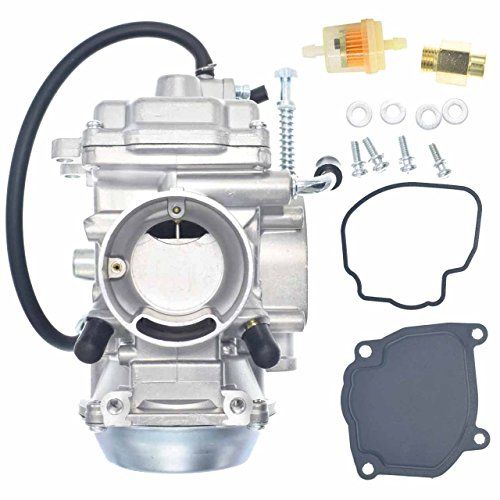
A low-carbohydrate diet carries risks for women's health, fertility, adrenal and thyroid health.
On the one hand, a diet low in carbs (less than 20%) can boost energy, help you lose weight, support your immune system, and rebalance your hormones during menopause, but for a young, active woman, especially during times of high emotional or physical stress, a meal plan is usually appropriate. with an average amount of carbohydrates with a low glycemic index.
Therefore, our task is to add a safe amount of carbohydrates and at the same time support the hormonal system of the body.
The body needs three main groups of nutrients to function properly: proteins, fats and carbohydrates, they are also called macronutrients. At the same time, so that the metabolism does not slow down, proteins, fats and carbohydrates must enter the body in certain proportions. Before calculating BJU, it is necessary to calculate the caloric content of the diet.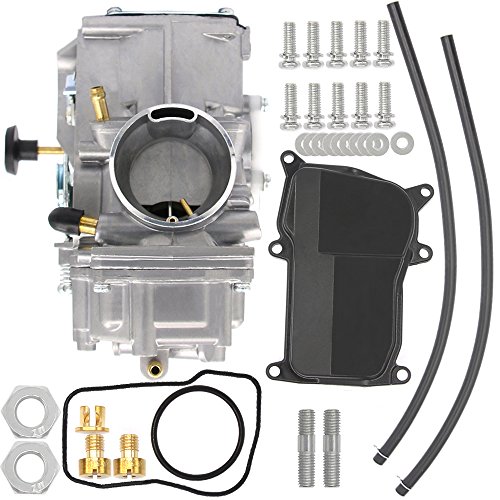
Calories is the amount of energy that the body receives as a result of food processing. Knowing the total number of calories affects the result of the efforts of a person who pursues a specific goal: lose weight, gain weight, keep fit.
If a person needs to lose weight, he needs to reduce the calorie content of food, for example, by 300 or 500 calories, depending on weight.
After that, you need to calculate the ratio of BJU.
Let's look at the example :
The girl wants to lose weight . She consumes 1,700 calories, respectively, we introduce a deficit of 300 kcal. Now the calorie content of her diet is 1,400 kcal, which must be divided into BJU:
If a girl is gaining weight , it is necessary to arrange a calorie surplus - maintain a diet of 1,700 kcal or add 100 calories. The body easily receives energy from carbohydrates and gains mass. Therefore, the ratio of BJU will be different:
proteins - 30%;
fats - 20-25%;
carbohydrates - 50-60%.
Recommended
"Rational nutrition: principles and features"More
If a person needs to maintain a balance of , but at the same time acquire relief, the BJU ratio will be as follows:
proteins - 40%;
fats - 20-25%;
carbohydrates - 40%.
As you have already noticed, the amount of fat never changes.
In an individual calculation, take into account: age, gender, height, weight, level of physical activity.
How to distribute the calculated calories throughout the day?
An example of a diet for 1600 kcal per day. We will distribute them into 3 main meals and 1 additional.
Breakfast: 400 kcal (25%).
Lunch: 560 kcal (35%).
Snack (Five o'clock): 160 kcal (10%).
Dinner: 400 kcal (25%).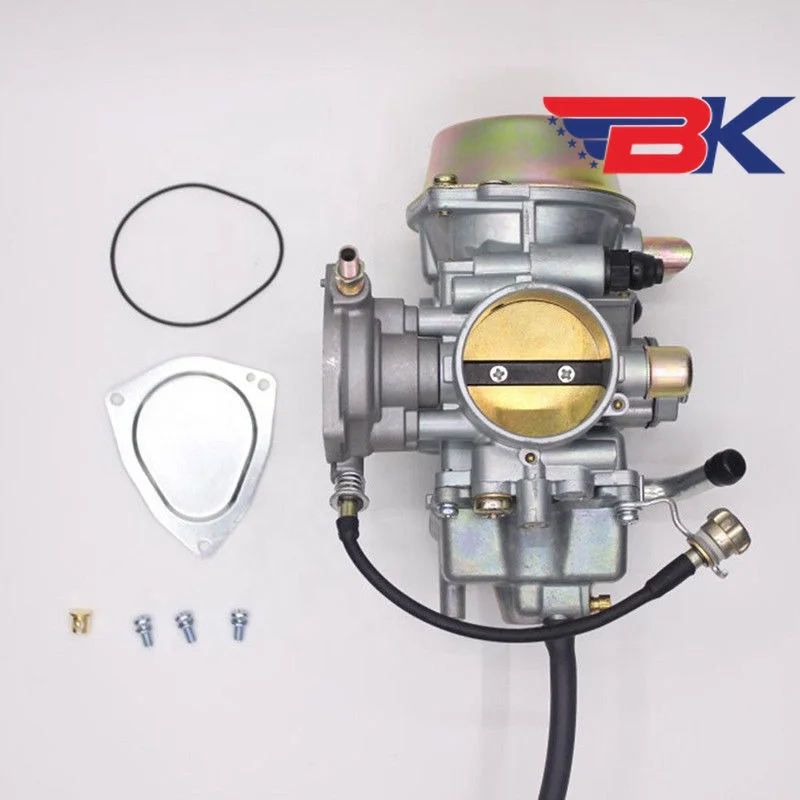
For men and women, the same recommendations: 45-65% of the daily calorie intake or 3-5 g per 1 kg of body weight.
If we talk about the quantitative rate of carbohydrate intake, then with a high content of fiber for women, their amount should be 50-300 g per day.
The exact figure depends on your level of physical activity, your carbohydrate tolerance, and your goals. If you want to lose weight, then reduce the amount of carbohydrates, if vice versa, then increase.
What carbohydrates to focus on, especially when losing weight?
If the average rate of carbohydrates is 300 grams per day, then distribute them in this way:
But do not be afraid of the calculations, technological progress has greatly facilitated the task of maintaining a diet for us. Download a mobile application for calculating calorie intake, and you will greatly simplify your life.
Use a few calculation tips:
Be sure to buy a kitchen scale.
Without them, carbohydrate calculations will be inaccurate, which means that it will be more difficult to achieve the desired result in losing weight.
Only weigh food when uncooked.
For example, the energy value of 100 g of dry cereal and 100 g of cooked product is not the same.
Weigh food that is ready to eat or prepare : boneless meat, fruits and vegetables without skin or core.
Plan your sample menu for tomorrow in advance, knowing your individual calorie and carbohydrate intake.
Always leave a small corridor (150-200 kcal) to have space for an unplanned snack or you decide to replace one product with another.
If you are preparing a complex dish that consists of several ingredients (soup, casserole, stew), before cooking weigh each ingredient , calculate their energy value and sum up the resulting figures.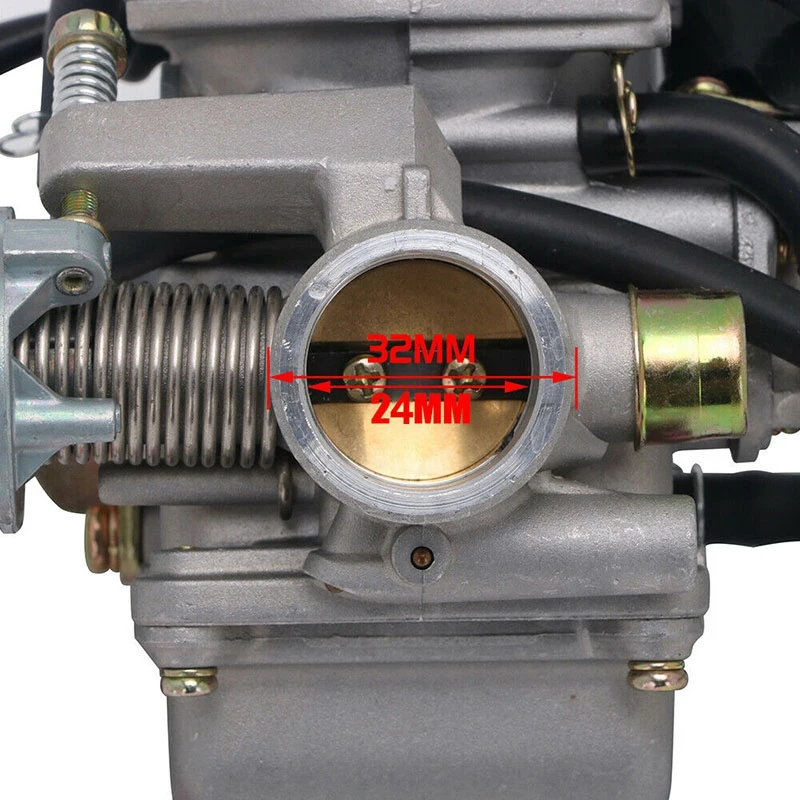
Let's look at a specific example of how to properly count calories and carbohydrates.
Calculate the CBJU for quinoa :
Weigh the required amount of dry quinoa.
For example, you got 70 g.
We look at the data of KBJU on the package or on the Internet for 100 g:
Calories: 380 kcal.
Proteins: 14 g
Fats: 7 g
Carbohydrates: 65 g
Since we are not planning to eat 100g, we are counting on a serving of 70g, multiplying all indicators by 0.7:
KBJU quinoa - 70 g.
Calories: 380 * 0.7 \u003d 266 kcal.
Proteins: 14 * 0.7 \u003d 9.8 g.
Fats: 7 * 0.7 \u003d 4.9 g.
Carbohydrates: 65 * 0.7 \u003d 45.5 g.
This is the ultimate 70g quinoa KBJU Calories 266 kcal; proteins - 9.8 g, fats - 4.9 g, carbohydrates - 45.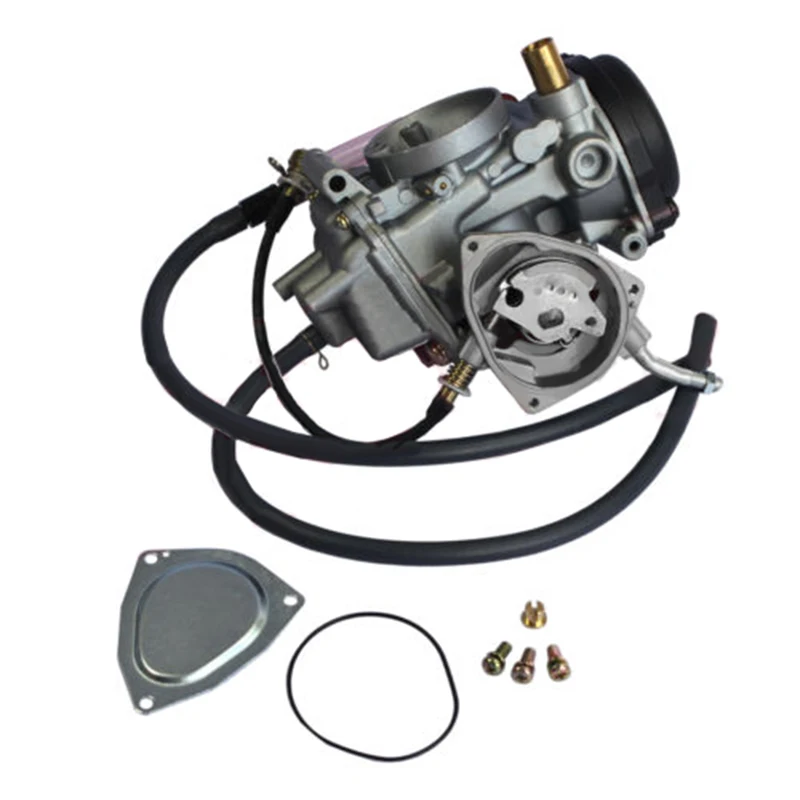 5 g
5 g
No matter how much water you add, no matter how soft your quinoa is, and no matter how much it weighs after cooking, you enter data into your dry matter food diary.
Point nutrition tips that will increase your energy level by 10 out of 10 Thus, a serving of quinoa will take 45.5 grams of the total amount of carbohydrates for the day. By the same principle, you can calculate the rest of the carbohydrates in your diet.
To train yourself to count calories, the first time you need self-discipline. But after a couple of weeks, you will accustom yourself to enter the consumed products in your diary before each meal. Usually 2-3 months are enough to form a daily menu and learn how to determine your food norm without calculators.
In addition to counting the amount of carbohydrates and energy value, it is important to distinguish between types of carbohydrates. They affect appetite and alertness in different ways - and this can both make your weight loss efforts easier and more difficult.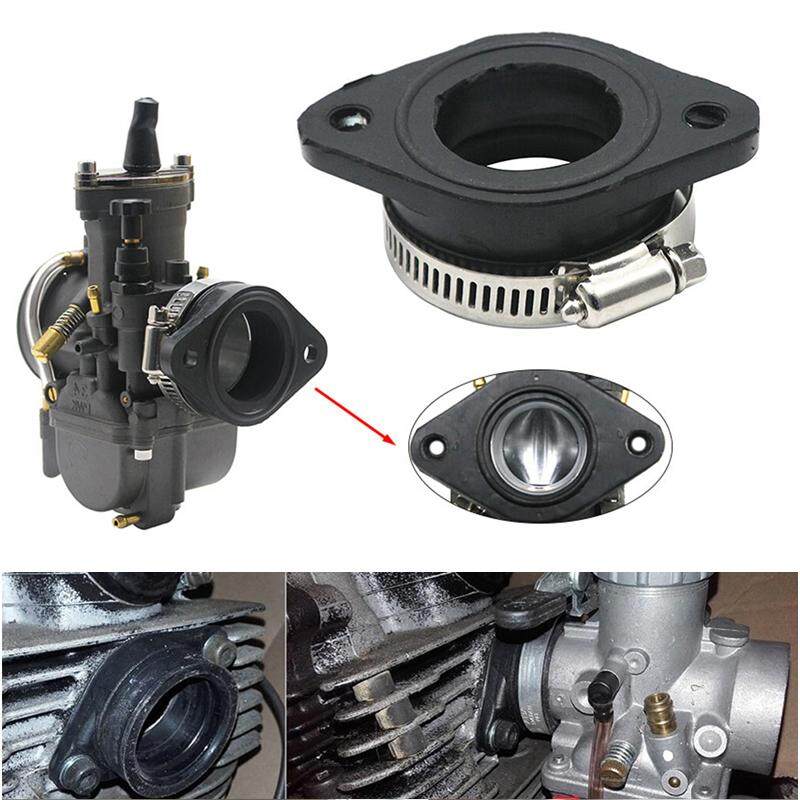
Therefore, it is important to know the classification of carbohydrates and add them in a balanced way to the diet.
The easiest classification to understand is simple (fast) and complex (slow) carbohydrates.
The main function of complex carbohydrates is to provide us with a constant level of energy throughout the day. We will feel full for a long time, which means we will snack less and gain extra calories.
If carbohydrates are processed, or fast, they immediately cause a jump in blood sugar, affect insulin and its sensitivity. In addition, they feed the pathogenic flora.
The glycemic index (abbreviated as GI) of a food indicates how the blood sugar level changes when it is consumed. The higher the GI, the faster the increase in sugar.
All products can be conditionally divided into several groups :
High GI foods (70 and up):
give a lot of energy;
quickly saturate and digest faster, but at the same time, the feeling of hunger comes faster.
Low GI (10 to 40) and Medium GI (40 to 70)
allow you to control blood sugar levels;
digested slowly and gradually release the necessary energy.
Now it is clear that high GI foods are fast carbohydrates, and low GI and medium GI foods are slow carbohydrates.
| Slow carbohydrates | Glycemic index | Fast carbohydrates | Glycemic index |
| Cereals and side dishes | |||
| Durum wheat pasta | 45 | French fries | 95 |
| brown rice | 45 | Instant White Rice | 90 |
| Oat groats | 40 | Cornflakes | 85 |
| Buckwheat grain | 40 | Mashed potatoes | 80 |
| Quinoa | 40 | Semolina | 80 |
| Spelled, spelt | 40 | Muesli with sugar and dried fruit | 80 |
| Amaranth | 35 | Millet | 70 |
| chickpeas | thirty | White rice | 70 |
| Mash | 25 | Soft wheat noodles | 70 |
| Flour | |||
| coconut flour | 35 | Wheat flour of the highest grade | 85 |
| Whole wheat flour | 45 | rice flour | 95 |
| Spelled or spelled whole grain flour | 45 | Corn flour | 70 |
| Snacks | |||
| Whole grain bread | 45 | Butter buns | 95 |
| Bitter chocolate (<75% cocoa) | 25 | milk chocolate | 70 |
| Carob chocolate | thirty | Chocolate bar with nougat and nuts | 70 |
| coconut chips | 35 | Potato chips | 80 |
| Sugar and sweeteners | |||
| stevia | 0 | white sugar | 70 |
| coconut sugar | 35 | Cane brown sugar | 70 |
| Jerusalem artichoke syrup | fifteen | Honey | 70 |
| Fruit | |||
| Apple | thirty | Watermelon | 70 |
| Grapefruit | twenty | Banana | 65 |
| Apricot | twenty | A pineapple | 65 |
Why is it important to know the glycemic index of foods? To avoid sudden spikes in blood sugar, high insulin, overweight, problems with hormonal levels, brain function and the occurrence of sluggish inflammatory processes.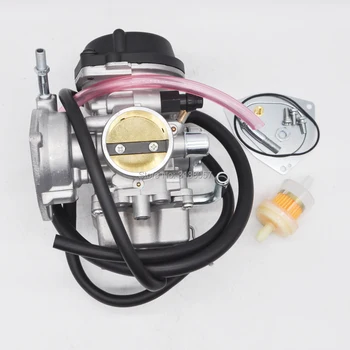
Now that we have figured out everything, it's time to understand what foods and at what time are preferable to eat for weight loss?
First of all, these are slow carbohydrates with a sufficient amount of fiber. They are best consumed in the morning and in the first half of the day, while carbohydrate metabolism is working at the required speed.
These include:
All green vegetables.
They have few carbohydrates, but a lot of fiber: broccoli, asparagus, all kinds of cabbage. This also includes algae, which in small quantities can be added to soups or salads.
Whole grains.
They have an average amount of carbohydrates, a lot of useful substances and fiber: black and wild rice, quinoa, amaranth, buckwheat, millet. These are all low glycemic foods that contain fiber and do not increase blood glucose.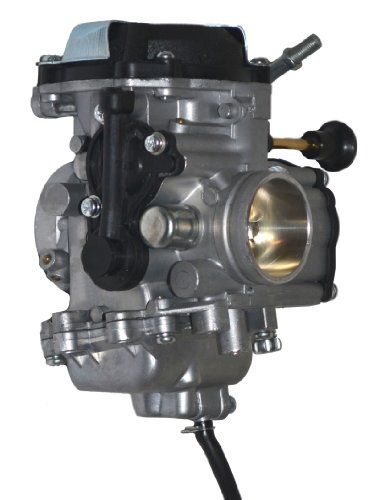
Legumes.
red, black and green lentils, chickpeas, red and white beans, peas and even soybeans. Legumes are very rich in fiber and if you learn how to soak them and cook them properly, they will become a healthy and tasty addition to the diet.
Berries.
They are high in phytonutrients and fiber: blueberries, cherries (cherries have a lot more sugar), blueberries, raspberries (as much as 8 g of fiber per cup). Berries are a natural medicine and healthy food that can be eaten fresh or frozen.
Fruits with a low glycemic index : peaches, apricots, green apples, kiwi.
What carbohydrates should be limited during weight loss?
High carbohydrate fruits Watermelon, grapes, pineapple.
Starchy carbohydrates : pumpkin, corn, potatoes, beets.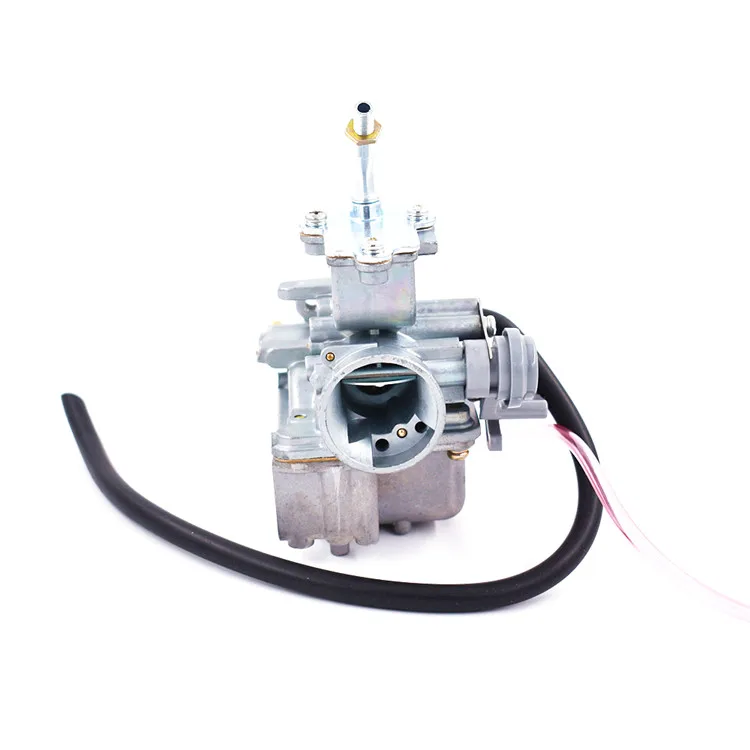
Sweet carbohydrates : sweets, milk chocolate, biscuits, breakfast cereals, muesli, cereals, yoghurts with additives, confectionery.
Is it necessary to completely exclude fast carbohydrates?
There are situations where they can also be useful. For example, after serious training to restore and replenish muscle glycogen.
At this time, the body needs a sharp influx of glucose - and slow carbohydrates take much longer to digest.
But these foods are best consumed in limited quantities, especially if you have pre-diabetes, diabetes, metabolic syndrome, or are overweight.
Is fruit really evil? Not! Fruits contain varying amounts of fructose, and it is relatively low. You shouldn't give up on them.
Fruits reduce the risk of CVD due to their content of other nutrients and polyphenols, they are recommended in many diets, including the DASH (diet to stop hypertension) protocol.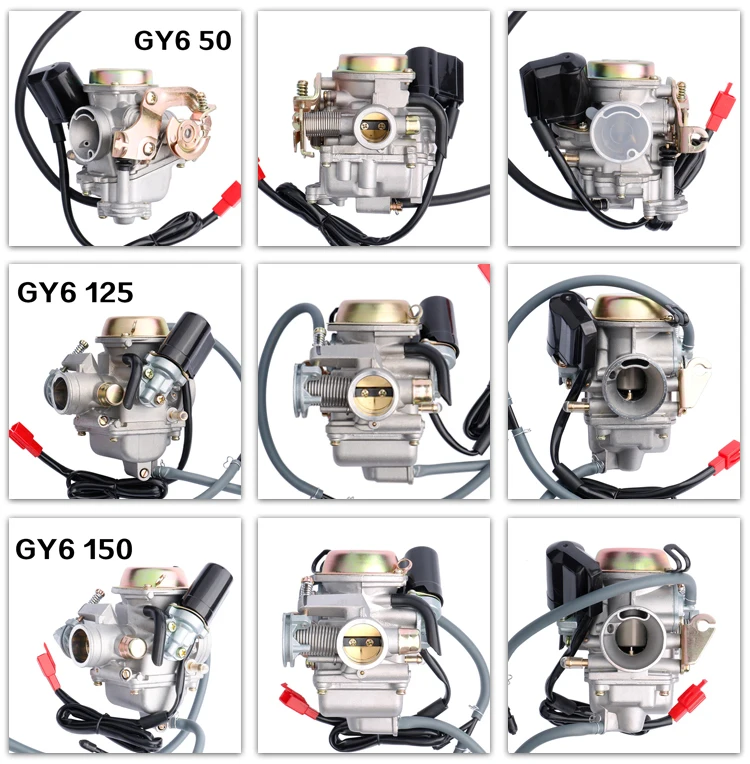
Studies have shown that fruit components such as vitamin C, resveratol, polyphenols, antioxidants improve the condition and function of blood vessels.
Be aware that the fructose content is higher in fruit juices. Some fruit juices contain up to 26 g of fructose per 450 g.
Choose whole fruits and berries that are low in fructose.
Low fructose fruits and berries:
| Fruit | Size | Gr. fructose |
| Lime | 1 medium | 0 |
| Lemon | 1 medium | 0.6 |
| Cranberry | 1 cup | 0.7 |
| plums | 1 medium | 1.2 |
| Apricot | 1 medium | 1. |
| Date fruit | 1 medium | 2.6 |
| Raspberry | 1 cup | 3.0 |
| clementines | 1 medium | 3.4 |
| Kiwi | 1 medium | 3.4 |
| Blueberry | 1 cup | 3.5 |
| Sweet cherry | 1 cup | 3.6 |
| Strawberry | 1 cup | 3.8 |
| Cherry | 1 cup | 4.0 |
| A pineapple | 1 piece | 4.0 |
| Grapefruit | 1. | 4.3 |
However, there are carbohydrate foods that should be completely excluded:
confectionery products: sweets, chocolate and other sweets;
carbonated drinks;
refined sugar;
fast food;
White rice;
white flour and any pastries from it;
alcohol;
fast food and semi-finished products.
By including various carbohydrates in your diet, you get the benefits of some and minimize the harm of others. With more variety in your diet, you don't have to worry about avoiding certain foods or consuming others in excess.
Recommended
"Immunoglobulin deficiency: types and causes"More
Include in your daily diet the right carbohydrates, which are found in vegetables and fruits.